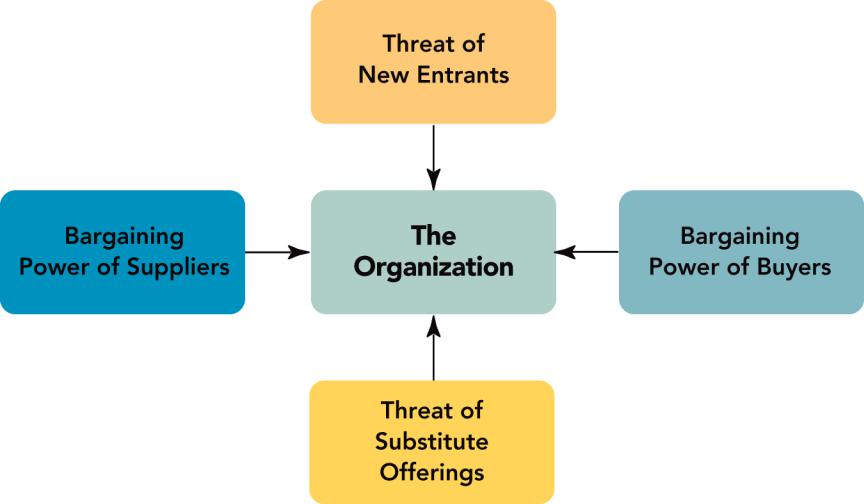
Marketing_L2(2013)
.pdf
Marke&ng environment
The actors forces outside marke&ng that a ect marke&ng ability to build and
rela&onships with target customers.
Microenvironment
The actors to the company that a ect its ability to serve its customers— the company, suppliers, marke&ng intermediaries,
markets, compe&tors, and publics.
Macroenvironment
The forces that a ect the microenvironment— demographic, economic, natural, technological, poli&cal, and cultural forces.

I. The Microenvironment
Company
• In designing marke&ng plans, marke&ng management takes other company groups into account—groups such as top management, finance, research and development (R&D), purchasing, opera&ons, and accoun&ng. All of these interrelated groups form the internal environment.
• Top management sets the company’s mission, objec&ves, broad strategies, and policies.
• Marke&ng managers make decisions within the strategies and plans made by top management.

Suppliers
• Suppliers form an important link in the company’s overall customer value delivery network.
• They provide the resources needed by the company to produce its goods and services.
• Supplier problems can seriously a ect marke&ng.

Marke&ng intermediaries
• Firms that help the company to promote, sell, and distribute its goods to final buyers.

Compe&tors

Con&nuum of compe&&on
Publics
A public is any group that has an actual or poten&al interest in or impact on an organiza&on’s ability to achieve its objec&ves.
•Financial publics. This group influences the company’s ability to obtain funds. Banks, investment analysts, and stockholders are the major financial publics.
•Media publics. This group carries news, features, and editorial opinion. It includes newspapers, magazines, television sta&ons, and blogs and other Internet media.
•Government publics. Management must take government developments into account. Marketers must open consult the company’s lawyers on issues of product safety, truth in adver&sing, and other ma[ers.
•Ci&zen-ac&on publics. A company’s marke&ng decisions may be ques&oned by consumer organiza&ons, environmental groups, minority groups, and others. Its public rela&ons department can help it stay in touch with consumer and ci&zen groups.
•Local publics. This group includes neighborhood residents and community organiza&ons.
•General public. A company needs to be concerned about the general public’s a\tude toward its products and ac&vi&es. The public’s image of the company a ects its buying.
•Internal publics. This group includes workers, managers, volunteers, and the board of directors.

II. The Macroenvironment

The Demographic Environment
• “Me genera&on”
• Baby boomers: 1946 - 1964
• Genera&on X:
1965 - 1976
• Millennials (or
Genera&on Y)
